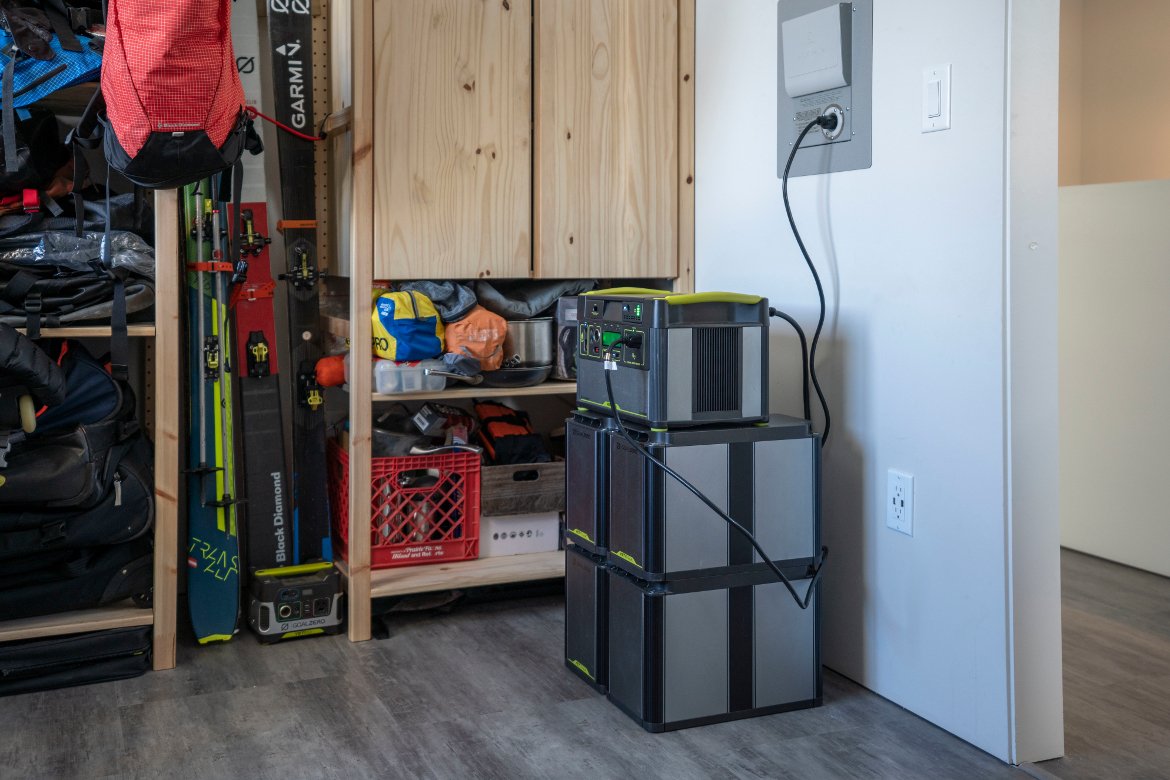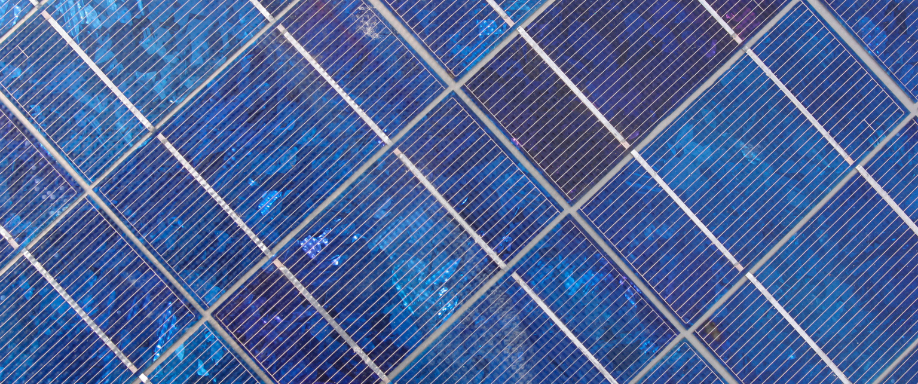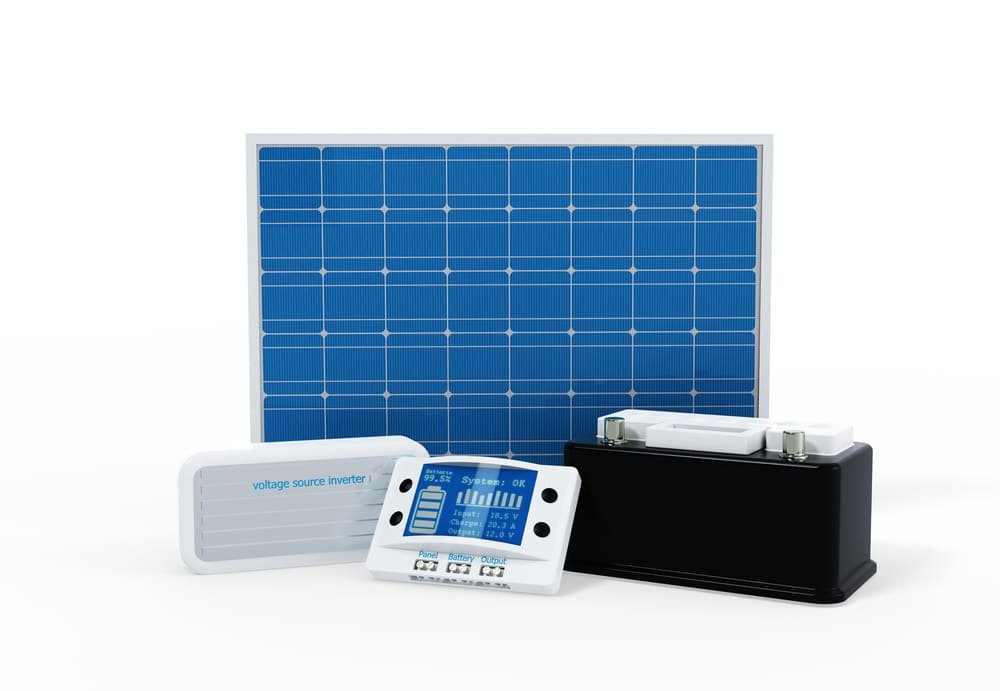
solar panels for campers: how to use them and how much to pay for them
To travel. Taking with you, as well as the house, the energy necessary to make it work. The solar panels for campers are a way to have energy independence on the road, respecting the environment.
solar panels for campers
Anyone who owns a camper and loves to travel will probably be a lover of the landscape and the environment. On the one hand: freedom of movement, on the other: the beauty of the places and landscapes of our territories. Having a means of transport that replicates all the comforts of a home is for many something irreplaceable. And if it allows you to have clean energy without the need to plug into an electrical outlet, it becomes something extremely functional, even from an economic point of view.
The camper needs a certain energy autonomy to fully exploit its potential. To get it, the mechanism is simple:
- solar panels for campers ,
- a charge controller , which allows to manage the charge / discharge of the batteries and avoids the discontinuous release of energy while preserving the integrity and correct functioning of the panels and the
battery.The charge controller is generally equipped with a display that shows the battery charge level and remaining autonomy, - of storage batteries
- and an eventual inverter , if you are using users that operate on alternating current.
The inverter is in fact a device that converts the direct current produced into alternating current.
A solution that allows us to increase the energy autonomy of our vehicle , therefore, also includes new energy technologies, first and foremost: solar panels for campers . By installing two or more solar panels for campers on the roof you will be able to generate, without any charge, the energy necessary to power all the electrical appliances in the caravan, either directly or by temporarily accumulating the clean energy produced by the sun in the electric batteries. .
This is why mounting a kit of solar panels for campers on the roof of your vehicle is convenient for those who make long trips that involve frequent stops. Recharging the batteries while traveling is very convenient because the air cools the panels, increasing their efficiency.
Which solar panels for motorhomes to choose?
The choice of the most suitable solar system must be weighed carefully, taking into account both the overall energy needs and the usage habits of the camper. If you use it exclusively in summer, in the months in which the yield of the solar panels is greater and you do not plan to use electrical equipment for a prolonged time, it will be sufficient to install an 80-100 W power system . This is, let’s say, the bare minimum to be able to produce your own energy at no cost to use it at the moment or to accumulate it in your own batteries.
The panel kit in question (from Vitasola, Made in Germany) weighs about 11 kilos and contains all the components needed to recharge your batteries while traveling. It is a single solar panel to be mounted on a support that can be glued directly on the roof of the camper (to avoid piercing the roof of the vehicle).
How much energy a 100 Watt module produces
The daily production stands at a minimum of 320 watt hours per day, but in summer and on sunny days it reaches much higher levels.
What does the motorhome solar panel kit contain?
This kit (as well as other higher power kits) includes these components:
- a solar panel with 100 watts of power (German brand Vitasola) 98 cm long, 56 wide and 3 high;
- a Steca PR 1010 charge controller
- fairleads
- aerodynamic support for fixing to the roof
- photovoltaic cable with sockets (multicontact MC4)
- cable to connect the batteries (not included in the kit)
For those who expect higher consumption and stops of several days, larger systems are more suitable, for example: two 125 W or 140 W panels . Larger systems are also the best choice for those who use the camper in winter, since in this way it is possible to produce energy perhaps also for heating and even in the presence of non-optimal weather conditions.
What type of solar panels to choose?
The most used solar panels are of three types:
- monocrystalline solar panels
- polycrystalline solar panels
- amorphous and / or flexible silicon solar panels
The first are those that generally have the highest yields: a panel measuring one meter by 60 cm produces over 100 watts of power which in a day can produce over 300 watt hours. However, this type of panels, to produce the maximum, must be oriented and inclined towards the sun in an optimal way.
For this reason it is often preferred to use amorphous silicon panels because they offer the best performance even if they are not optimally exposed to the sun. In fact, on a traveling camper, the solar panels will be fixed horizontally on the roof and will have to work well even in non-optimal orientation conditions.
To make the most of production when the camper is stationary, however, it will be useful to purchase mobile supports able to orient the panels in an optimal way.
The solar kits for campers, to have the best guarantees, will be able to have a quality certification.
How many solar panels does the motor home need

The required amount of solar panels varies according to the energy needs of the appliances that the caravan uses. The least useful is an 80-100 watt panel. As mentioned, such a panel, in monocrystalline silicon, produces about 320 watt hours daily, but often you need more power and a good storage capacity, especially if you are traveling in winter or using electric heating.
Estimating the power required is not difficult: just multiply the power absorbed by the devices used by the time of use. Example: if I use a 100 watt hair dryer for 5 minutes I will need about 9 watt hours.
What is the scheme for installing solar panels for motorhomes?
Here is an image that says more than a thousand words.

What is on the market
There are now many solar panel kits for campers on the market .
The installation of these solar panels requires variable prices depending on the type of panel chosen (there are three types of panels, which offer different levels of performance: monocrystalline, polycrystalline or amorphous silicon panels), but the performance is none other than the surface required to produce an electric kw. It is not synonymous with panel quality, although amorphous silicon works well even in diffuse light situations.
The price also varies in relation to the size and power of the system. You can usually get good quality camper kits for around 500 euros . It is therefore a small investment that brings multiple benefits to environmentally friendly motorhomers. Travelers and tourists who are aware that they do not want to give up the most beautiful value of the camper: energy autonomy to guarantee extended stops on their travels, using clean energy produced independently and respecting the environment.
A comparative table
Here is a comparison table with some prices of the most popular kits
| solar panel kit for campers | what it includes | price |
|---|---|---|
| 100 watt solar panel for motorhomes – complete kit |
|
239 euros |
| 120 watt solar panel for motorhomes – complete kit |
|
289 euros |
| 100 watt / 12 Volt solar panel + 10A charge controller – kit |
|
339.90 euros |
| 100Wp photovoltaic kit for campers with regulator and brackets |
|
244.80 euros |
| Solar Kit Camper 80 PRO |
|
243.90 euros |
| 120 watt solar kit (with monocrystalline panel) |
|
341.20 euros |
Beyond the camper. What can I do for the house?
If, instead of installing solar panels for the camper, you want to self-produce clean energy for the needs of the house, you can build your system by installing “stand alone” photovoltaic kits (ie: not connected to the network) or connected to the grid.
The first solution can be a do-it-yourself solution : with a few euros we can now independently buy our photovoltaic panels and our storage batteries to start producing clean energy for the home. We can put the panels on the roof and integrate energy self-production with electricity from the Enel network.
If you want more information on photovoltaic kits to put on the roof of the house to start self-producing clean energy for domestic users, start by reading this article: the cost of a photovoltaic kit per kw .






